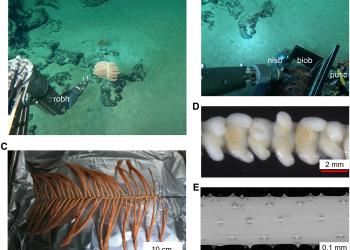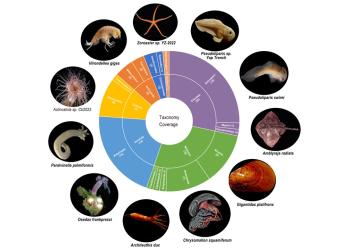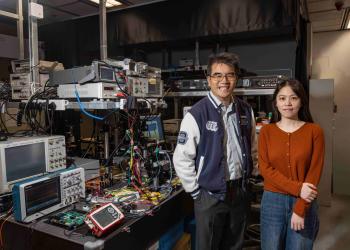New Discovery Gives Hope for Central Nervous System Repair
HKUST scientists along with colleagues from the Institute of Neuroscience in Shanghai and Sun Yat-Sen University in Guangzhou have discovered a strategy for repairing injured neurons through the regeneration of axons, a normally rare occurrence. This raises the exciting possibility of reversing injuries to the central nervous system.
Led by Dr. Kai Liu, Assistant Professor at HKUST’s Division of Life Science, the team recently demonstrated that damaged optic nerves that transmit visual information from neurons in the eye to other neurons in brain could regenerate when treated with either an optical or a chemical stimulant. In mouse experiments they achieved this through the overexpression of both the light-sensing molecule melanopsin and that of Designer Receptor Exclusively Activated by Designer Drugs (DREADD), a tool normally used to enhance neuronal activity.
The team, according to Dr. Liu, is now “investigating whether a similar approach might also promote axon regeneration in a much more challenging animal model – spinal cord injury.” The possibility of axons reforming connections will give hope to all those with spinal cord injuries, and could eventually lead to practical methods of neural repair.
The team’s exciting findings were published in the on 16 February 2016.
For more information on the research, please click here.










